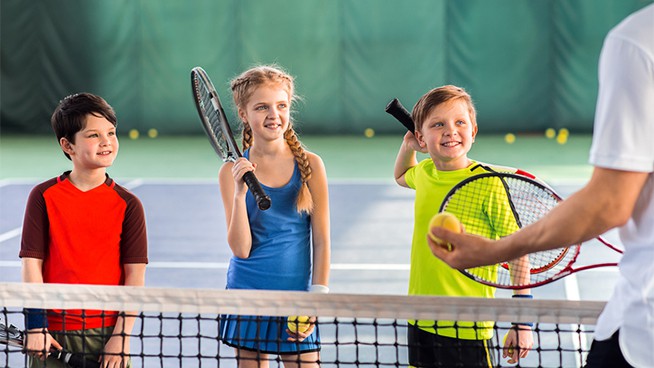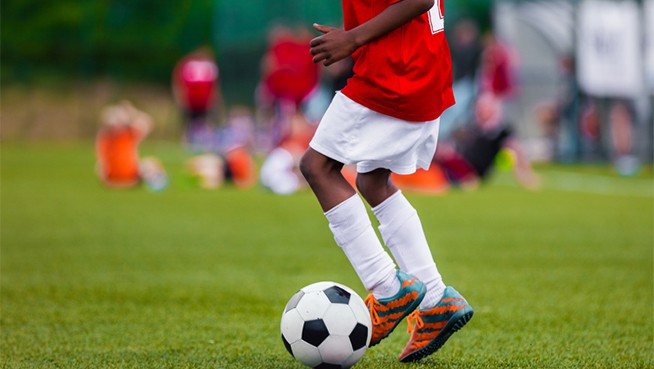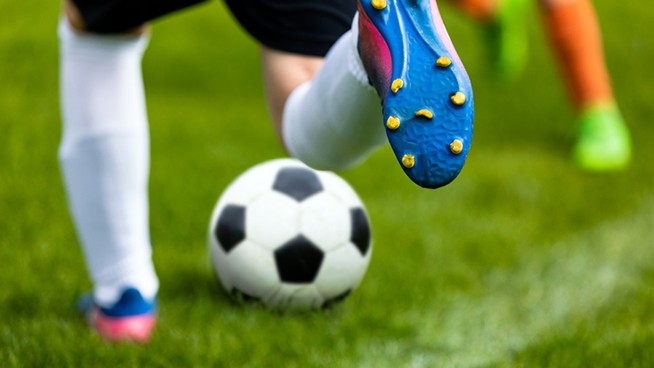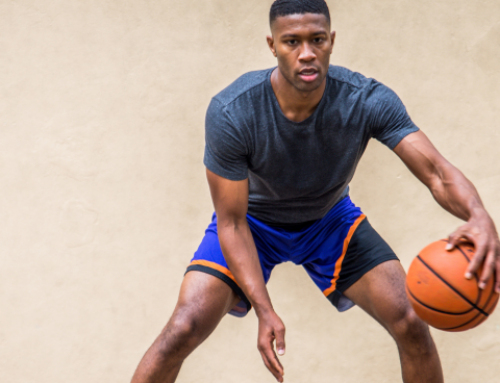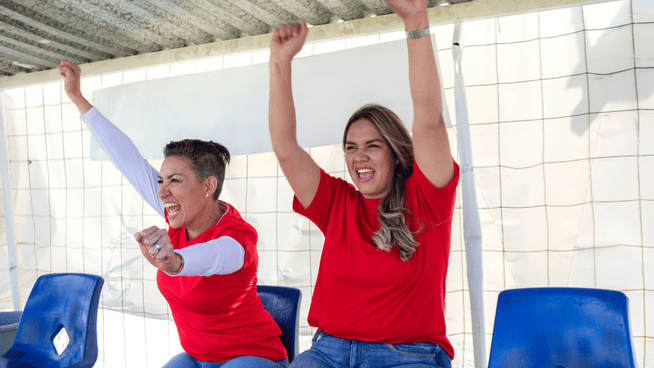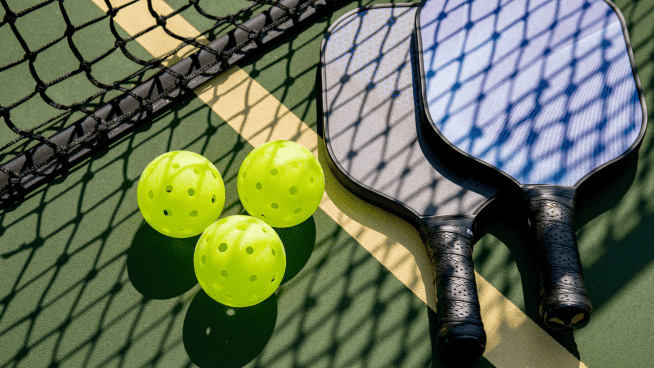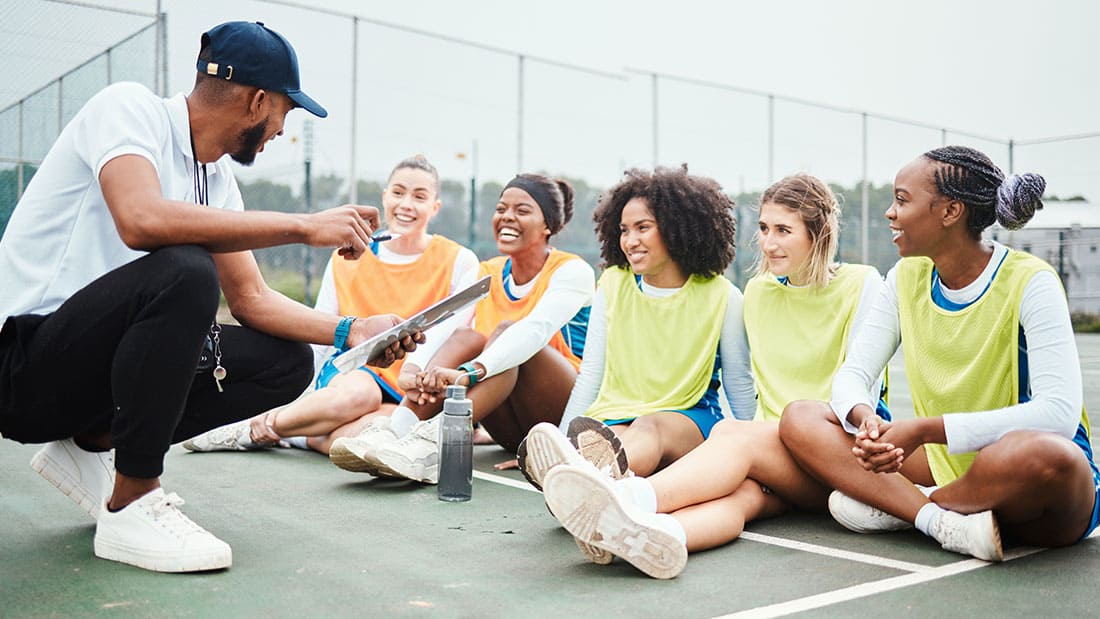9 Types of Drills to Make You a Better Ball Handler
In the early days of basketball, there was a lot more passing, cutting and ball movement. Today’s style of play has changed all that. More often, you’re required to handle the basketball while breaking down your defender off the dribble. So whether you’re a post player or a point guard, it’s important to be able to dribble the basketball, at least a little bit.
Some ball handling drills work on specific moves, while others simply improve your hands, touch and feel for the ball. A good ball handler can dribble with his or her head up, read the defense and make a move without having to think about it first. The basketball becomes an extension of your body. It goes where you want it to go when you need it go there.
Here are nine types of dribbling drills that, over time, will improve how you handle the rock.
One Ball Stationary Drills
These drills work on ball control as well as specific moves. Performing a between-the-legs crossover in a game requires enough practice to become comfortable enough to execute. You also need to work on selling the move with your eyes and body.
One-Ball On-the-Move Drills
It’s a completely different feel from practice when you make a move while going at full speed down the court. You need to practice at game speed all the time. Use chairs and cones to simulate defenders in a game.
Two-Ball Stationary Drills
Whether you’re a righty or a lefty, you probably favor dribbling with one hand over the other. Two-ball drills are great at forcing you to work on that weak hand. The drill is more difficult than it would be in a real game. If you can handle two basketballs at the same time in practice, it should be easy to dribble only one in a game.
Two-Ball On the Move Drills
These are more difficult than stationary two-ball drills. But they provide good practice for handling a basketball while surveying the floor. If you’re a point guard, you can’t worry about dribbling the ball up the floor, or you won’t be able to set up the offense and read the defense.
Wall Ball Dribbling Drills
Few people know about wall ball handling drills, but they’re great for improving your hands. Even if you never dribble the basketball in a game, these drills develop hands for catching the ball in the post and rebounding. Wall ball handling drills will also improve your handles.
Tennis Ball Stationary Drills
Tennis ball drills work on two things primarily: hand-eye coordination and forcing you to dribble a basketball without looking down. If you can make a move and toss/catch a tennis ball at the same time you can make the move in a game, no problem.
Tennis Ball On-the-Move Drills
Walking makes the drills more difficult, because you add in the movement factor to catching/tossing the tennis ball. To be successful at these drills, you must focus on a good toss every time.
Partner Tennis Ball Drills
By adding a partner, you make the drill even more difficult, because you are not sure where the toss will go. You have to adjust to catch it every time, while maintaining your dribble. They also require you to communicate with your partner.
Wall Tennis Ball Drills
These are probably the most difficult drills, because you can’t see the tennis ball coming until the last second. To catch the ball, you have to quickly make the move and react to the ball. Wall tennis ball drills are great for simulating a defender trying to reach and steal the basketball from you.
RECOMMENDED FOR YOU
9 Types of Drills to Make You a Better Ball Handler
In the early days of basketball, there was a lot more passing, cutting and ball movement. Today’s style of play has changed all that. More often, you’re required to handle the basketball while breaking down your defender off the dribble. So whether you’re a post player or a point guard, it’s important to be able to dribble the basketball, at least a little bit.
Some ball handling drills work on specific moves, while others simply improve your hands, touch and feel for the ball. A good ball handler can dribble with his or her head up, read the defense and make a move without having to think about it first. The basketball becomes an extension of your body. It goes where you want it to go when you need it go there.
Here are nine types of dribbling drills that, over time, will improve how you handle the rock.
One Ball Stationary Drills
These drills work on ball control as well as specific moves. Performing a between-the-legs crossover in a game requires enough practice to become comfortable enough to execute. You also need to work on selling the move with your eyes and body.
One-Ball On-the-Move Drills
It’s a completely different feel from practice when you make a move while going at full speed down the court. You need to practice at game speed all the time. Use chairs and cones to simulate defenders in a game.
Two-Ball Stationary Drills
Whether you’re a righty or a lefty, you probably favor dribbling with one hand over the other. Two-ball drills are great at forcing you to work on that weak hand. The drill is more difficult than it would be in a real game. If you can handle two basketballs at the same time in practice, it should be easy to dribble only one in a game.
Two-Ball On the Move Drills
These are more difficult than stationary two-ball drills. But they provide good practice for handling a basketball while surveying the floor. If you’re a point guard, you can’t worry about dribbling the ball up the floor, or you won’t be able to set up the offense and read the defense.
Wall Ball Dribbling Drills
Few people know about wall ball handling drills, but they’re great for improving your hands. Even if you never dribble the basketball in a game, these drills develop hands for catching the ball in the post and rebounding. Wall ball handling drills will also improve your handles.
Tennis Ball Stationary Drills
Tennis ball drills work on two things primarily: hand-eye coordination and forcing you to dribble a basketball without looking down. If you can make a move and toss/catch a tennis ball at the same time you can make the move in a game, no problem.
Tennis Ball On-the-Move Drills
Walking makes the drills more difficult, because you add in the movement factor to catching/tossing the tennis ball. To be successful at these drills, you must focus on a good toss every time.
Partner Tennis Ball Drills
By adding a partner, you make the drill even more difficult, because you are not sure where the toss will go. You have to adjust to catch it every time, while maintaining your dribble. They also require you to communicate with your partner.
Wall Tennis Ball Drills
These are probably the most difficult drills, because you can’t see the tennis ball coming until the last second. To catch the ball, you have to quickly make the move and react to the ball. Wall tennis ball drills are great for simulating a defender trying to reach and steal the basketball from you.


